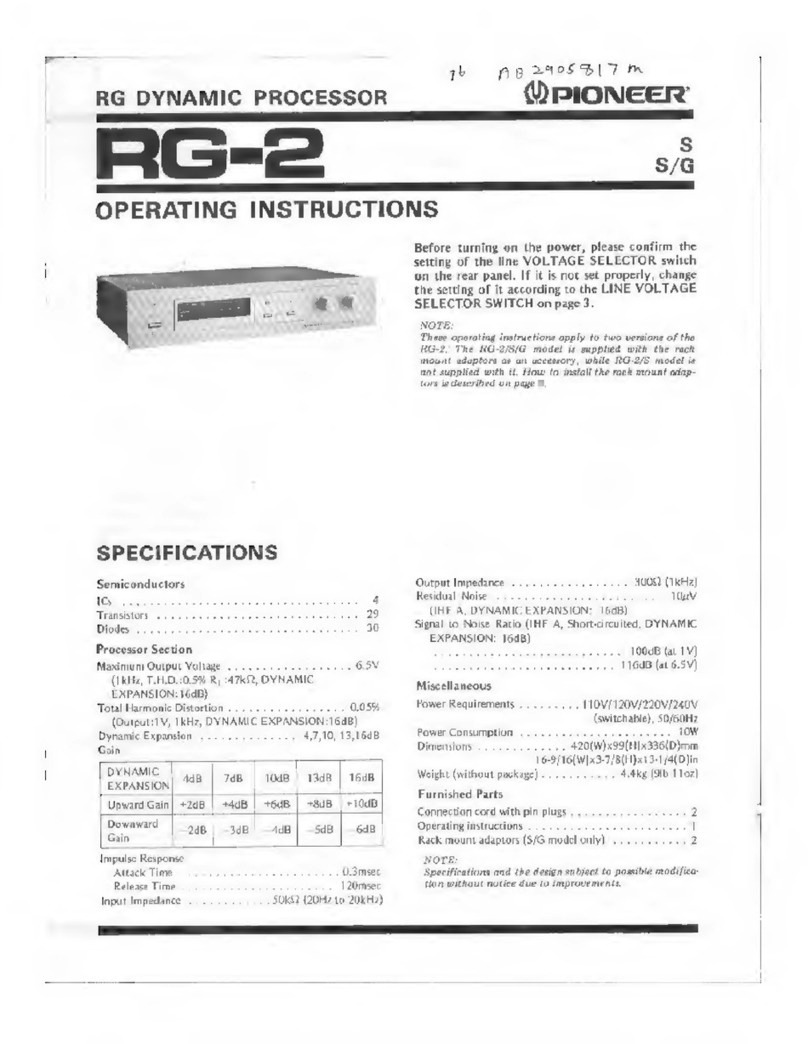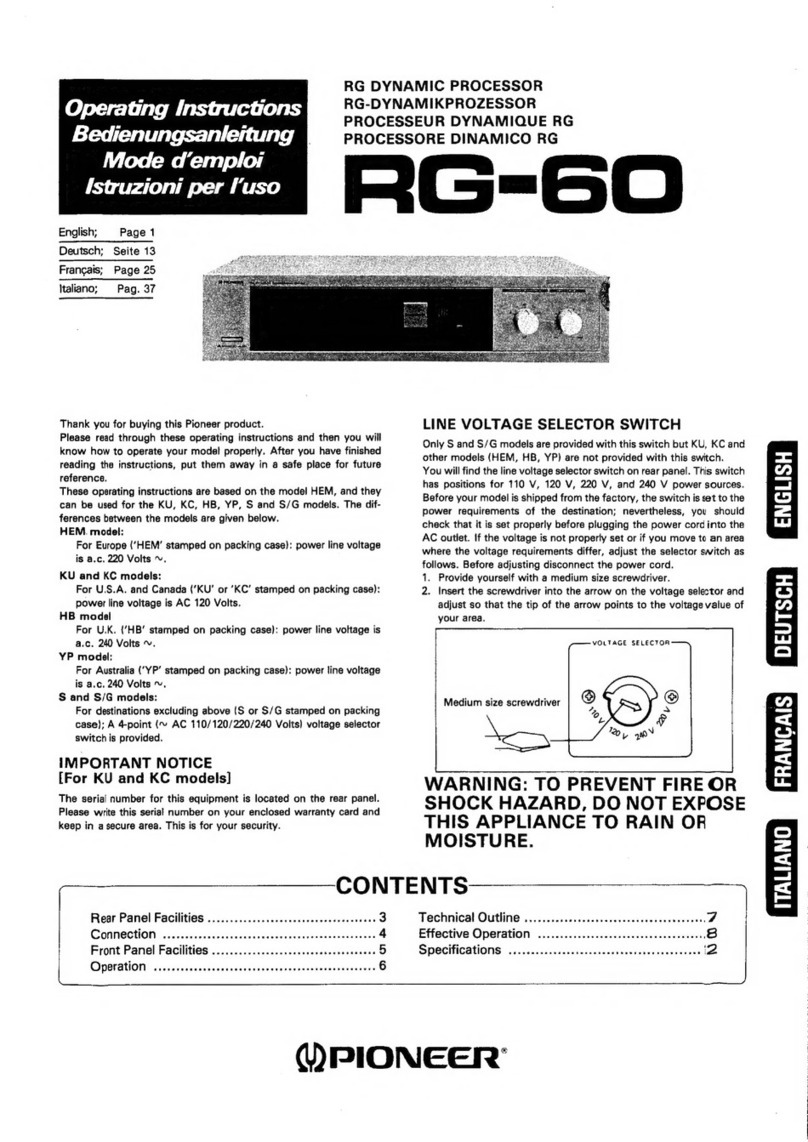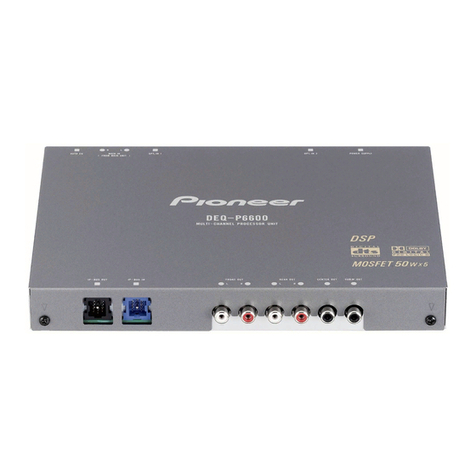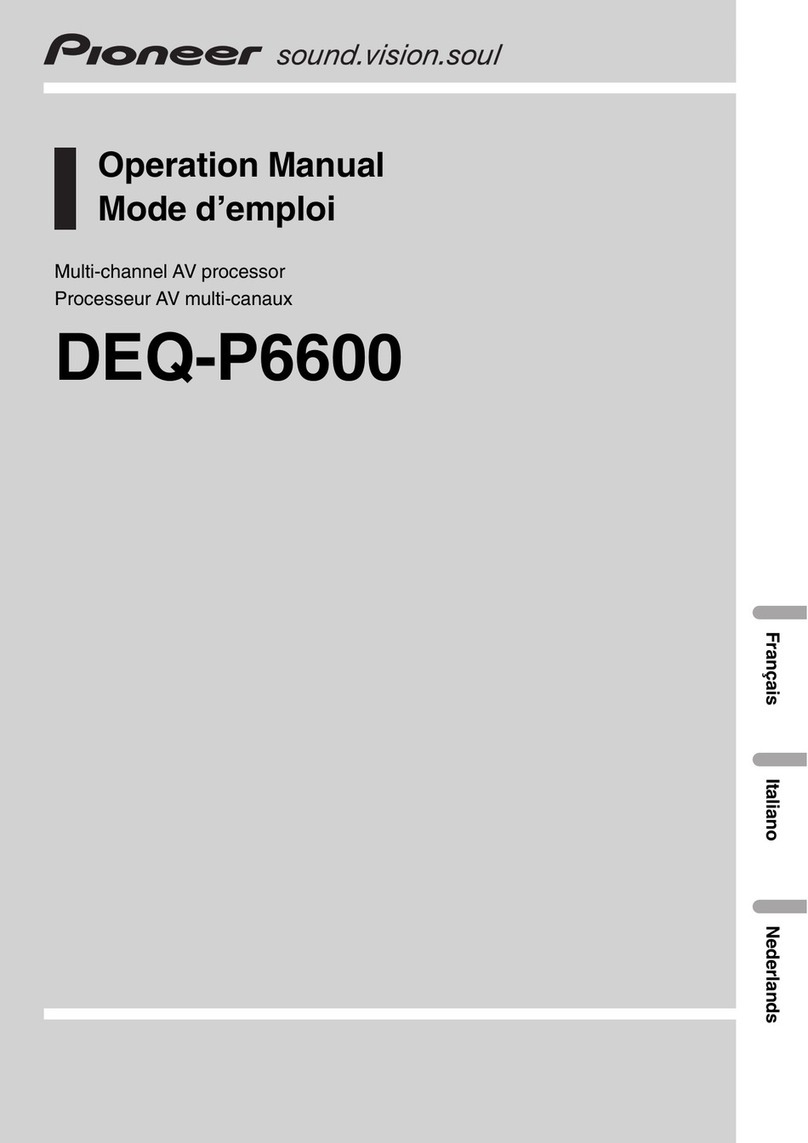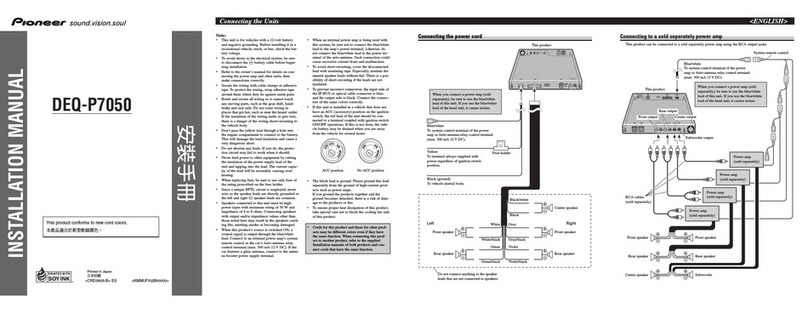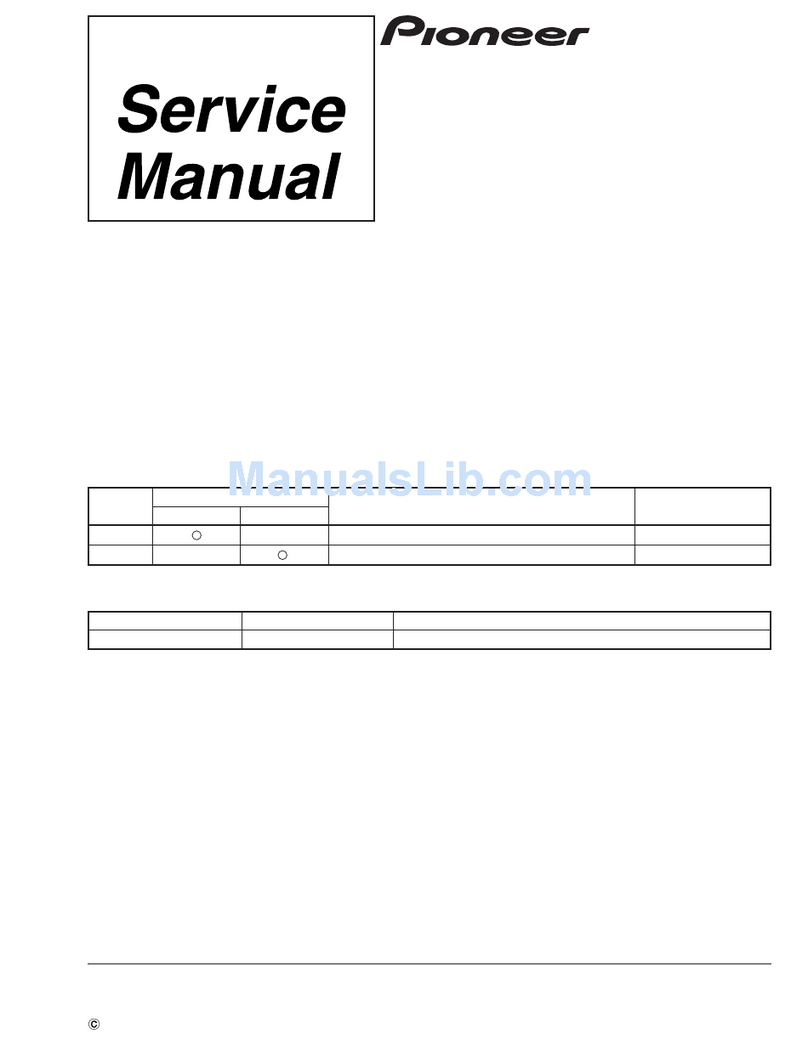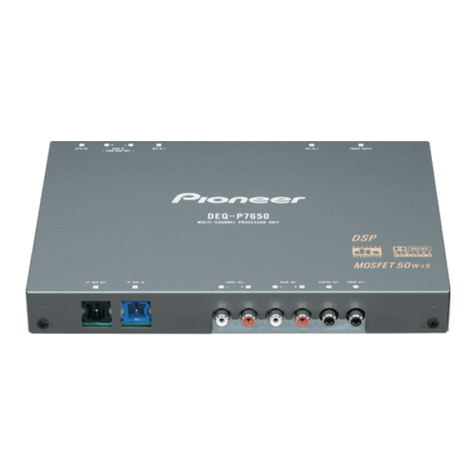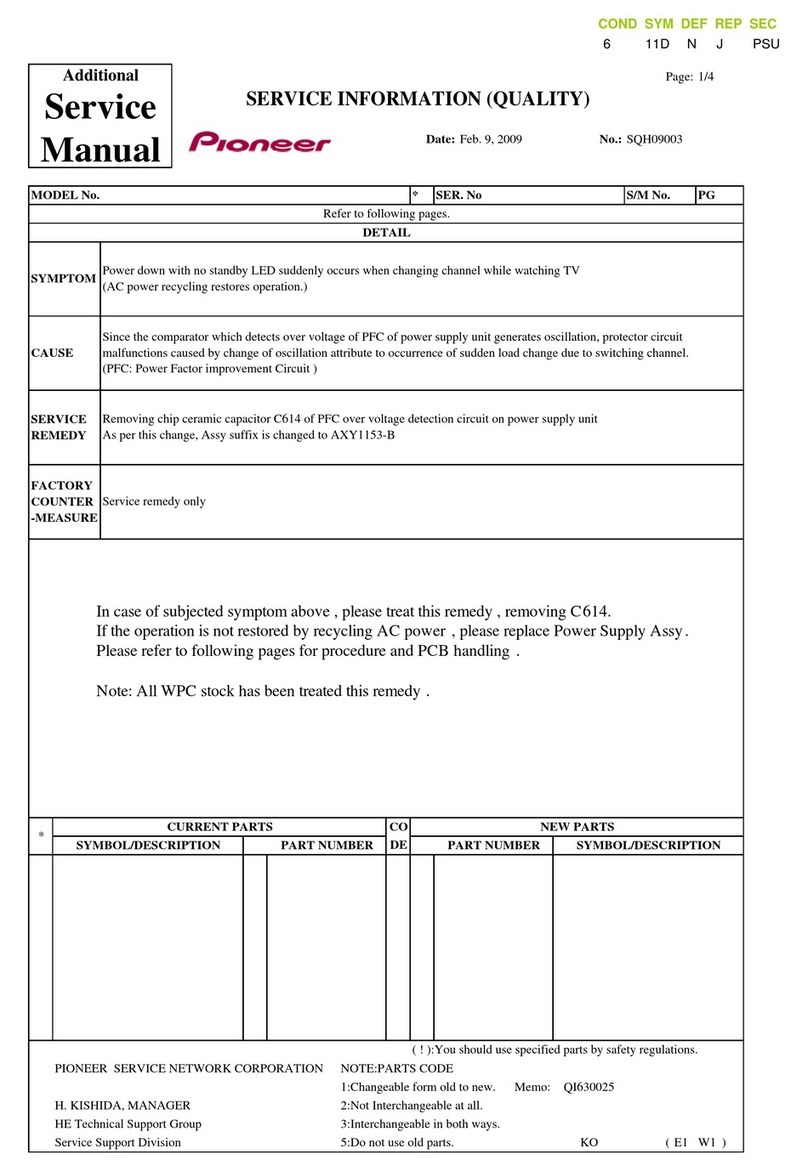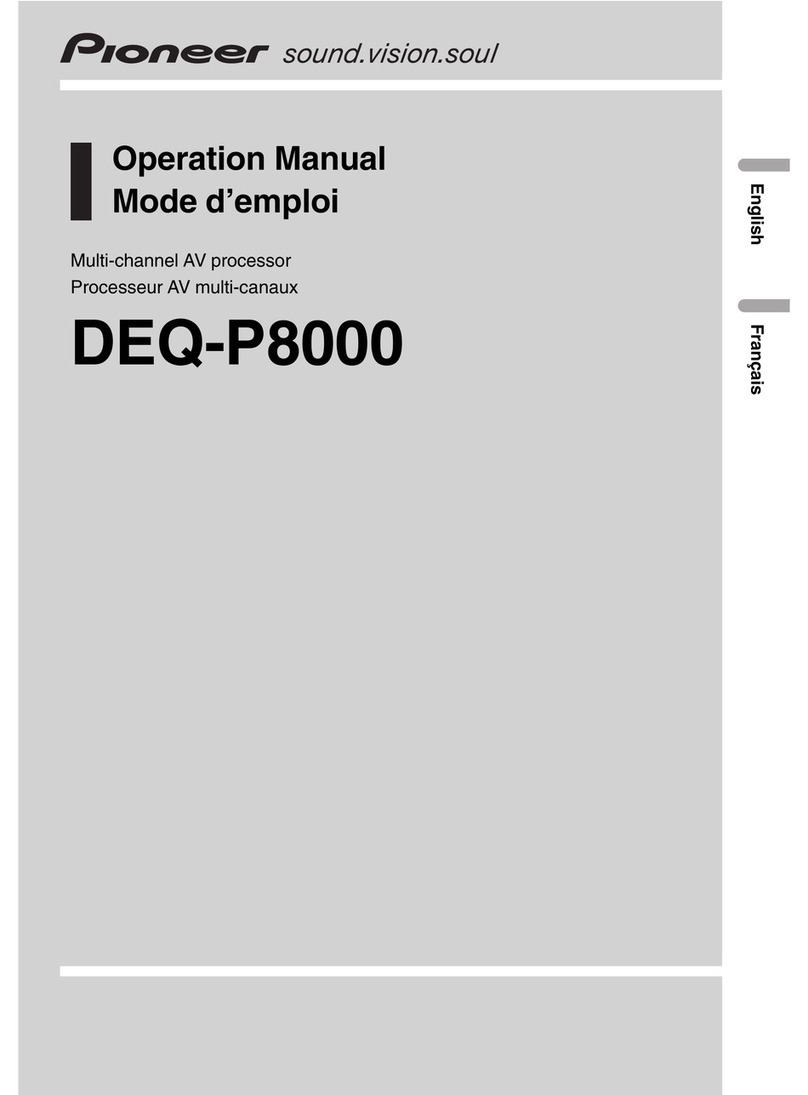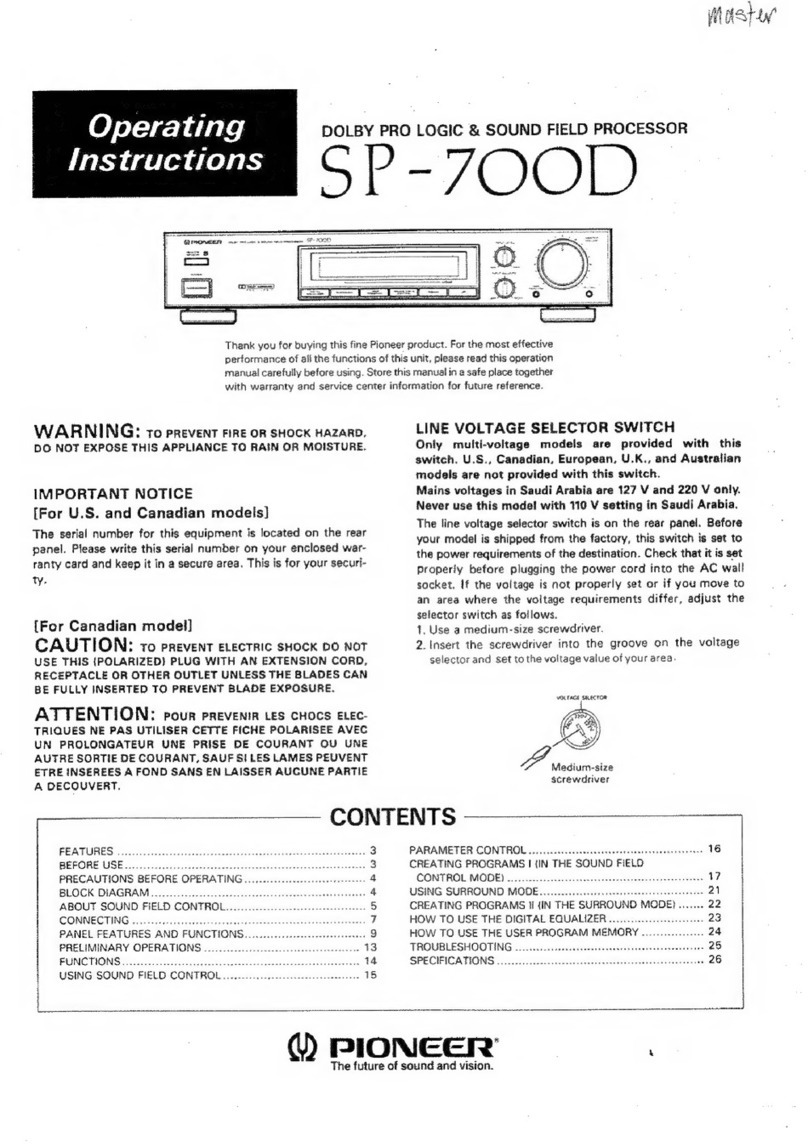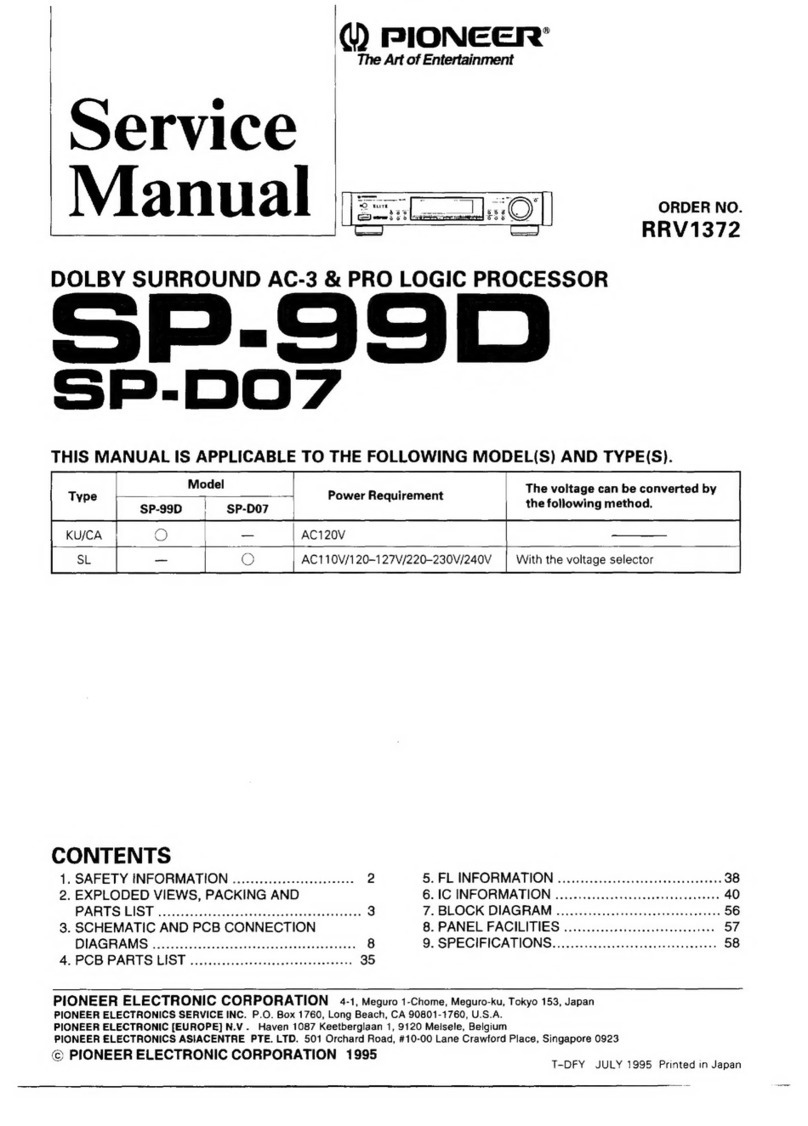
3IEG-7200
SAFETY
INFORMATION
(UC
MODEL)
CAUTION
This
service
manual
is
intended
for
qualified
service
technicians;
it
is
not
meant
for
the
casual
do-it-yourselfer.
Qualified
technicians
have
the
necessary
test
equipment
and
tools,
and
have
been
trained
to
properly
and
safely
repair
complex
products
such
as
those
covered
by
this
manual.
Improperly
performed
repairs
can
adversely
affect
the
safety
and
reliability
of
the
product
and
may
void
the
warranty.
If
you
are
not
qualified
to
perform
the
repair
of
this
product
properly
and
safely;
you
should
not
risk
trying
to
do
so
and
refer
the
repair
to
a
qualified
service
technician.
WARNING
Lead
in
solder
uséd
in
this
product
is
listed
by
the
California
Health
and
Welfare
agency
as
a
known
reproductive
toxicant
which
may
cause
birth
defects
or
other
reproductive
harm
(California
Heaith.&
Safety
Code,
Section
25249.5).
When
servicing
or
handling
circuit
boards
and
other
components
which
contain
lead
in
solder,
avoid
unprotected
skin
contact
with
the
solder.
Also,
when
soldering
do
not
inhale
any
smoke
or
fumes
produced.
1.
SPECIFICATIONS
General
Equalizer
POWESL
SOUICE
0...
...ceccseseeeecereeesewes
14.4
V
DC
(10.8
—
15.6
V
allowable)
Equalizing
frequencies.
GrOUNGING
SY
SCI
secscencscaccewsn
cckiveadevavsecbadsdneseousnaszenendevess
Negative
type
(15-band
graphic
equalizer)
..........eceeseceeeeee
teens
25
Hz,
40
Hz,
63
Hz,
Dimensions
100
Hz,
160
Hz,
250
Hz,
400
Hz,
(DIN)
(mounting
Size)
............
eee
178
(W)
x
50
(H)
x
132
(BD)
mm
630
Hz,
1
kHz,
1.6
kHz,
2.5
kHz,
(WNOSG)
csdusasinvatsevancces
estan
oeens
188
(W)
x
58
(H)
x
17
(D)
mm
4
kHz,
6.3
kHz,
10
kHz,
16
kHz
(D)
(mounting
size)
.....
ee
178
{(W)
x
50
{H)
x
137
(1D)
mm
Equalization
PIAS
a
sacsscctuscerdaccctseaexsuee
heacanahebanvenssaendeveccesseeteoees
+12
dB
(MOSE)
-eeeesesceerecereseeten
sence
cseeenees
170
(W)
x
46
(H}
x
12
(D)
mm
DUSTOMMONN
piacidecccccaactelstichissaveatseucs
0.01%
(1
kHz,
500
mV,
20
kHz
LPF)
Weight
be
a
a
lia
ste
rte
Maat
rae
Seas
tea
anata
ithe
Seu
bl
cbaban
0.6
kg
FreQUeNCy
FOSPONSE
..........seccesecesseenseserensenes
20
—
20,000
Hz
(0,
-1
dB)
|
Signal-to-noise
ratio
..........cscceesscccesesseessestensenes
85
dB
(IEC-A
network)
Input
level/IMPeMANCe
...........ccccescsseeecsrcescesssereesensenssnenees
500
mV/22
kQ
Output
level/impPGA
ane
:iviccccs-.sesccscessscicspecesesnteseaseacecdeeeas
500
mV/1
kQ
Maximum
output
level
sasnsccseucavessssconcsncsvendvocscrese
1.5
V/1
kHz,
1%
THD
Note:
Specifications
and
the
design
are
subject
to
possible
modification
without
notice
due
to
improvements.
